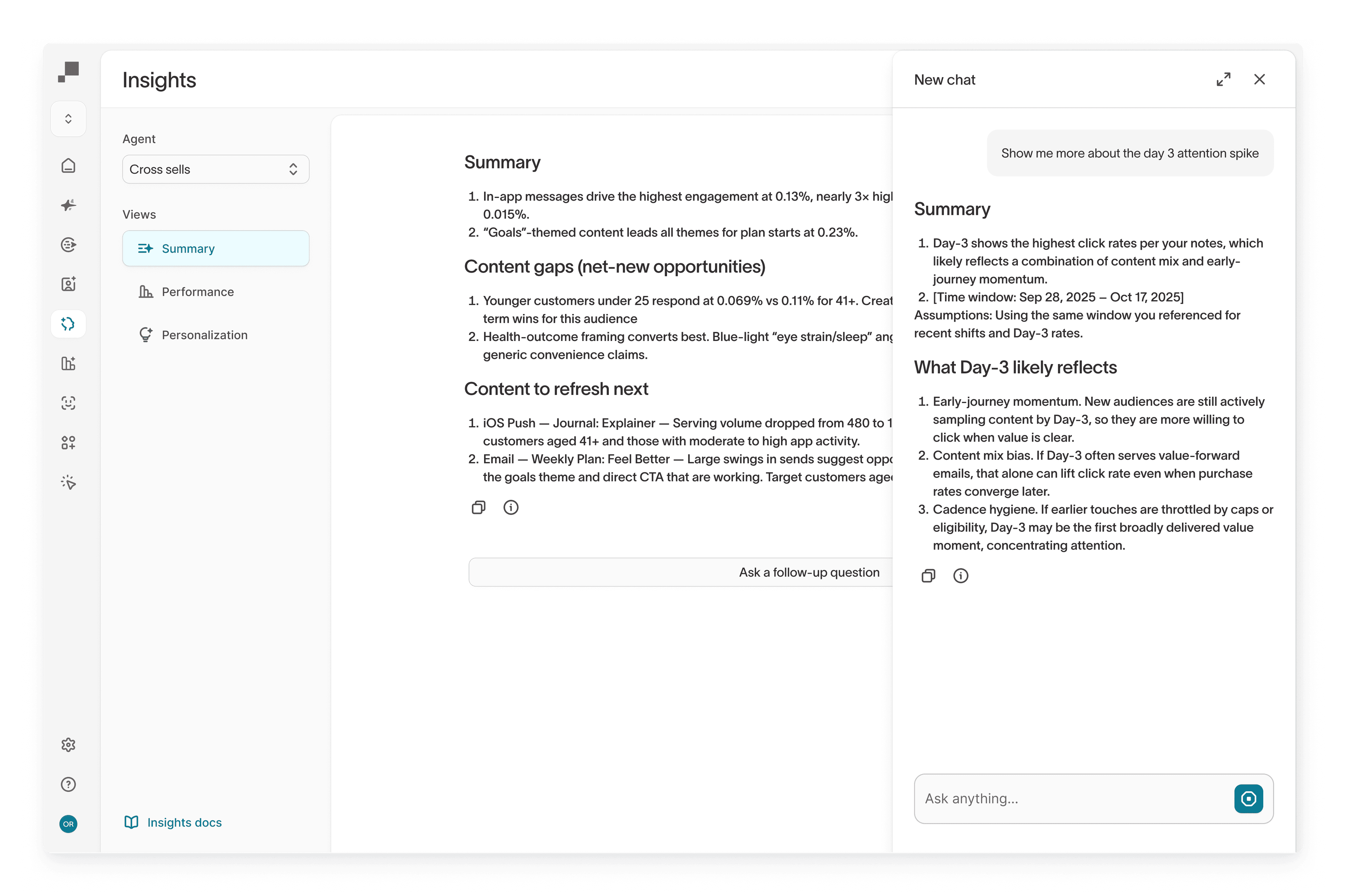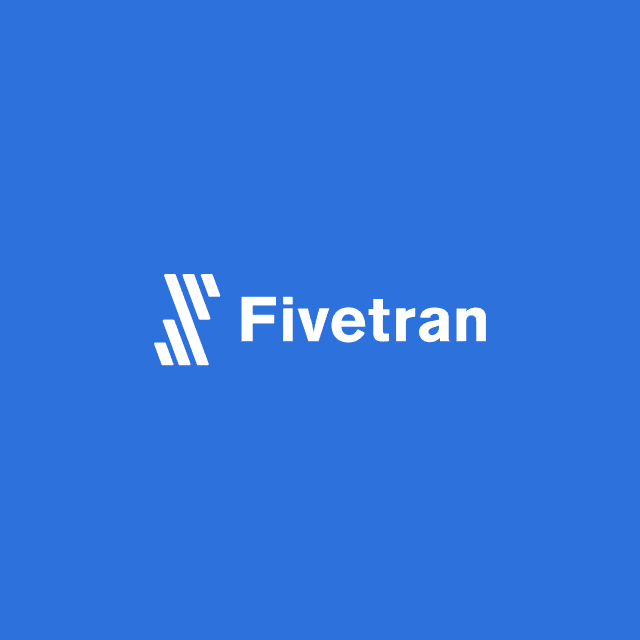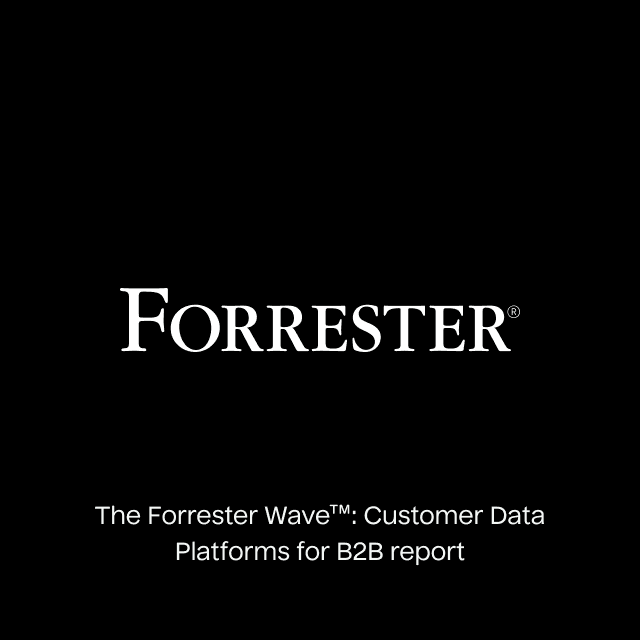You’ve just run a test on your holiday gift guide campaign: Two messages, same offer. Message B outperformed Message A with 2x the clicks and 40% higher AOV.
But you have no idea why.
Was it the urgency in the subject line? The lifestyle imagery? The specific products featured? The conversational tone?
Traditional analytics tell you what happened, never why. And without the “why,” every future content iteration feels like guesswork.
From targeting to content: marketing’s new opportunity
For decades, marketing has been defined by segmentation and targeting: Find the right audience. Build the perfect segment. Then create content and hope it resonates.
AI Decisioning flipped that playbook. AI agents now handle the targeting decision, determining the optimal content, offer, timing, and channel. They personalize and optimize these decisions automatically for every individual customer.
With targeting automated, content strategy becomes the new competitive edge.
Introducing Content Analysis & Suggestions
Content Analysis & Suggestions is Hightouch's latest AI Decisioning capability. It transforms content strategy from guesswork into data-driven clarity.
Think of it as your AI-powered creative strategist. It evaluates new content before it goes live, monitors performance patterns across all your messages, and recommends what content to create next.
By combining content intelligence with prescriptive recommendations, Hightouch helps marketers understand the why behind message performance. This creates a closed-loop system that continuously learns and improves campaigns over time.

A closed-loop system that continuously learns and improves content over time.
How it works
Step 1: Tag and contextualize your content
Before AI can explain why messages perform, it needs to understand what those messages actually are. To do so, Hightouch uses LLMs to automatically analyze and tag elements of a message with attributes like:
- Message type (promotional, educational, transactional)
- Value proposition (discount, free shipping, exclusivity)
- Tone (urgent, friendly, aspirational)
- Visual style (minimalist, lifestyle, product-focused)
You can also define custom tags for your specific business context, like product lines, seasonal campaigns, audience segments, or special offers.

Once configured, Hightouch automatically applies these tags to every message in your catalog.
Why does this matter? Without structured context, performance data is meaningless. You might see that your "curated gift guide" beat the "comprehensive gift grid," but you won't know if it was the subject line, the imagery, the product count, or the CTA that made the difference. Tagging gives your content a common language that the AI can use to identify patterns.

Hightouch automatically tags every message, creating a structured content library that AI can analyze and compare.
Step 2: Pre-flight checks
Once your messages are tagged, AI Decisioning compares them across your entire message catalog to evaluate differentiation and provide visibility into potential issues before you launch.
For example, if three messages all use a promotional tone and "limited-time offer" value prop, they're competing with each other rather than complementing your strategy. The system spots these overlaps before they become a problem.

Hightouch automatically tags every message, creating a structured content library that AI can analyze and compare.
Step 3: Ongoing recommendations
Insights are only valuable if they lead to action. AI Decisioning contextualizes message tags, differentiation analysis, performance predictions, and fatigue signals with campaign data to generate reports with prescriptive recommendations.
Should you add new content? Refresh an existing message? Retire one that's past its prime? AI Decisioning answers these questions, but more importantly, it explains why. You don't just see that a message is underperforming; you understand it's because of oversaturation, lack of differentiation, or a missing audience segment.
The reports also proactively identify content gaps and suggest exactly where new creative will have the highest impact.

Content reports surface performance summaries, content gaps, and fatigue signals with specific recommendations.
Step 4: Learn through natural language with Hightouch Agents
Expanding the report’s insights, marketers can pose performance questions directly in plain English, without relying on data teams to query results.
"Which customers responded best to our holiday gifting guide?" "What messages drove the highest conversion rates last month?" "Why did our spring sale underperform with high-value customers?"
Hightouch Agents surface the answer, explain what's driving the pattern, and connect it to your content strategy. Each response opens the door to follow-up questions, letting you dig deeper to better understand the recommendations. This transforms static dashboards into an ongoing conversation where you can follow interesting trends, test hypotheses, and uncover opportunities as they emerge.

Interact with Hightouch Agents through chat to ask questions and dig deeper into content performance.
Continuous optimization over time
This isn't a one-time analysis. The system learns from every interaction, and recommendations get sharper over time.
Each message sent, every click, every conversion feeds back into the system. AI Decisioning learns which content works for which customers and informs you what to create next. New content gets deployed. The cycle repeats, getting smarter with each iteration.
The result: You stop guessing what content to create and start making decisions based on what actually drives performance.
This replaces endless manual A/B testing with a system that prescriptively tells you what to create and why — at scale, continuously improving as it learns.
Use cases for lifecycle marketers
Here are three ways Content Analysis & Suggestions can help marketing teams improve their content strategy.
1. Launching new content with confidence
-
The old way: Create message variants, set up a split test, wait weeks, and hope one performs better than the rest.
-
The new way: Before launch, AI Decisioning identifies that your new “free shipping” message is too similar to three existing variants. You see predicted performance scores before you messages are sent, so you can refine your content and go live with confidence. The system then learns which users respond best and feeds that back into the learning loop.
2. Preventing content fatigue
-
The old way: Notice a decline in message performance only after it’s too late and conversion rates have significantly dropped.
-
The new way: Ongoing content analysis flags when messages are approaching saturation. You get a specific recommendation, like"Your ‘holiday gift guide’ push messages are losing traction after 14 days, as older users respond more to your ‘seasonal favorite’ content. Consider refreshing or rotating it out.” Suggestions include which elements to modify to maintain peak performance.
3. Identifying content gaps
-
The old way: Guess which personas need more content based on intuition.
-
The new way: AI Decisioning proactively surfaces underperforming groups due to a lack of relevant content. It makes intelligent recommendations: “Gift-buyers with minimal site history respond best to curated, product-centric content. Your 'Top 10 Holiday Gifts' message already drives 3.4% conversion for this group, so add 2–3 occasion-based guides to capture more of these high-intent shoppers." New content can then be immediately activated by AI Decisioning to reach those segments.
Fundrise + Snowflake AI Decisioning Case Study
Join our webinar with Snowflake on December 10th to learn how the CMO of Fundrise used LLMs and Hightouch AI Decisioning on top of Snowflake’s data infrastructure to automate and optimize every email send for 4x win-back investments.
Register now
A new level of content optimization
With Content Analysis & Suggestions, marketers can understand why messages perform and how to make them perform better.
This new AI-driven approach delivers what lifecycle marketers have been missing: strategic guidance on what content to create and why, not just reports on what happened. By pairing the scale of AI Decisioning with continuous creative intelligence, Hightouch unlocks a new level of content performance optimization.
Content Analysis & Suggestions is generally available today for all Hightouch AI Decisioning customers.
Ready to see how Content Analysis & Suggestions can help continuously optimize your creative performance? Request a demo to learn how Hightouch AI Decisioning can transform your campaign strategy.















